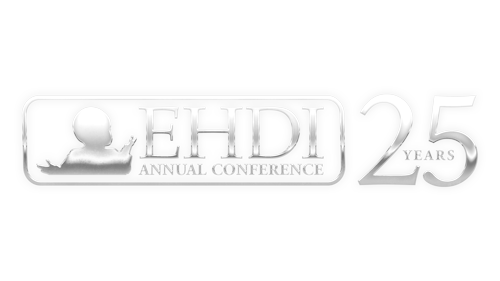2026 Early Hearing Detection & Intervention Conference
March 15-17, 2026 • Jacksonville, FL
3/11/2025 | 10:10 AM - 10:40 AM | Language Learning Growth in Center Based Listening and Spoken Language Intervention | 308
Language Learning Growth in Center Based Listening and Spoken Language Intervention
Children who are deaf or hard of hearing (CDHH) have traditionally struggled to develop spoken language skills without early intensive speech and language intervention. As a result, CDHH have lagged behind their same-age hearing peers in reading, academic content areas, and social skills. Research supports early, intensive intervention to develop listening and speaking skills using hearing assistive technology (HAT) for families that choose to do so. One form of early intensive intervention is enrollment in a center-based preschool or early elementary school program focused on listening and language development. This project utilized the longitudinal student data from one Midwest center dedicated to listening and spoken language intervention for young children. The dataset includes extensive demographic information and annual standardized assessment vocabulary, language, and articulation results for students enrolled in the program. A linear mixed-effects model was employed to determine the extent of student annual progress throughout their enrollment in the intervention. The data was analyzed to draw conclusions on student progress in vocabulary, language, and articulation throughout enrollment. Furthermore, results indicated that student traits (i.e., degree of hearing loss, additional diagnosis; language spoken in the home) impacted language and learning growth. Analysis revealed that students made more than one year of progress in one year’s time in language, vocabulary, and articulation. Findings offer practical implications for families considering listening and spoken language programs and professionals providing intervention services. In addition to providing recommendations for best practices in data collection, clinical application, and program design, this study highlights the need for continued research to refine and optimize interventions for diverse populations of CDHH. The results also have broader implications for educators, policymakers, and legislators focused on improving access to quality early intervention for children with hearing loss.
- Participants will identify two to three effective measures for listening and spoken language assessment and progress monitoring.
- Participants will identify three to four specific areas of growth for students using listening and spoken language.
- Participants will identify two to three characteristics that impact a student’s language learning growth.
Presentation:
This presentation has not yet been uploaded.
Handouts:
3545975_18082KelseyLarge.pdf
Transcripts:
CART transcripts are NOT YET available, but will be posted shortly after the conference
Presenters/Authors
Kelsey Large
(Primary Presenter), The Center for Deaf and Hard of Hearing Education, kelsey.m.large@gmail.com;
Kelsey Large has an MA in Deaf Education from Fontbonne University and recently completed her PhD in Special Education at Indiana University-Bloomington. She is currently working as an educational diagnostician at the Center for Deaf and Hard of Hearing Education in Indianapolis, IN.
ASHA DISCLOSURE:
Financial -
• Receives Salary for Employment from Center for Deaf and Hard of Hearing Education.
Nonfinancial -
No relevant nonfinancial relationship exists.
AAA DISCLOSURE:
Financial -
Financial relationship with The Center for Deaf and Hard of Hearing Education.
Nature: .
Nonfinancial -
No relevant nonfinancial relationship exists.
